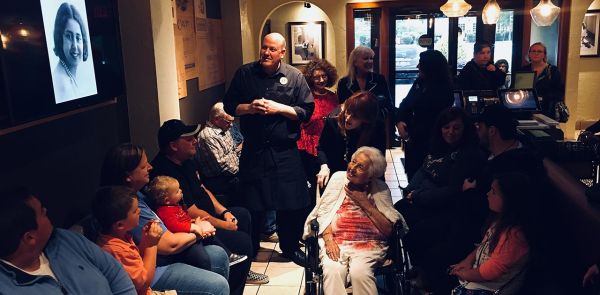
In this clip from her 2017 testimony, Anneliese recalls telling her grandchildren how antisemitic vandalism is now a crime. In her youth during the Nazi regime, such violence was condoned by the state.
In this clip from her 2017 testimony, Anneliese recalls telling her grandchildren how antisemitic vandalism is now a crime. In her youth during the Nazi regime, such violence was condoned by the state.
In my role as part of USC Shoah Foundation’s Education Department, I have the honor of working with our team members both in the United States and around the world to create localized educational content using genocide survivor testimony. As a former classroom teacher and a lifelong believer in the importance of experiential learning, I was fortunate to take part in three IWalks in Budapest, Hungary, Prague, Czechia, and Warsaw, Poland while on a recent vacation.
Christopher Browning, the 2018 Sara and Asa Shapiro Scholar in Residence at USC Shoah Foundation’s Center for Advanced Genocide Research, talks about the changing attitudes about witness testimony and how the process of gathering it has changed since the end of World War II.
In this clip from Haiastan Terzian's testimony, she describes how she was in hiding with several other Armenians in the American Consulate during the Armenian Genocide.
Rare primary-source photographs that focus on the life and culture of the Armenian people before the Armenian Genocide and the resiliency among the ensuing diaspora have been integrated into USC Shoah Foundation’s award-winning IWitness educational website.
The addition comes thanks to a new partnership with Project SAVE Armenian Photograph Archives, whose mission is to collect, document, preserve, and present the historic and modern photographic record of Armenians and Armenian heritage.

Frieda E. Roos van Hessen was born five years before women won the right to vote, 12 days before Babe Ruth hit is first major league home run and 13 days after Charlie Chaplin released “The Tramp.”